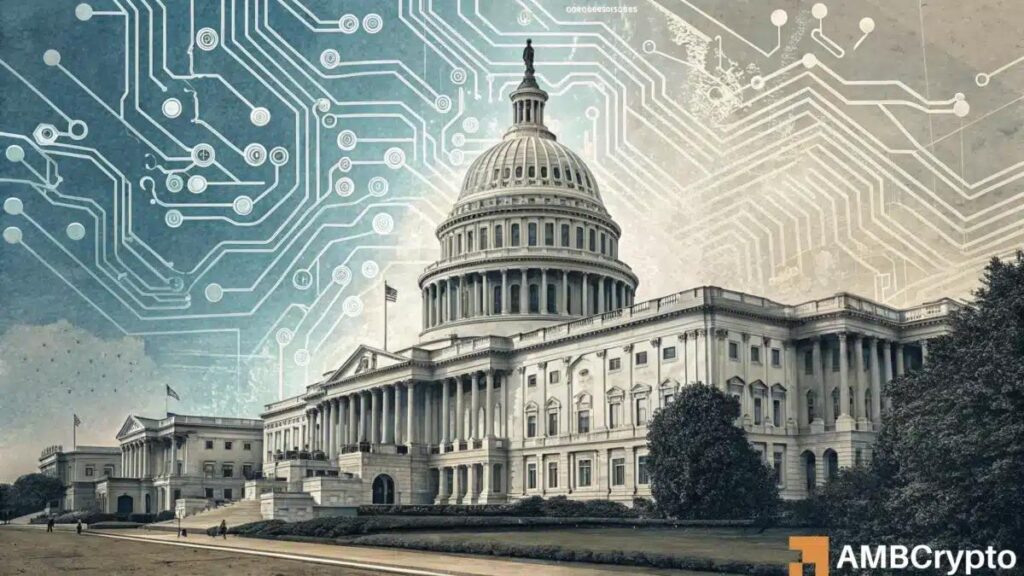Breaking down the CLARITY Act: What it suggests for crypto’s future
The act aims to specify U.S. crypto regulation, splitting oversight between SEC and CFTC.
The CLARITY Act proposes a split between SEC and CFTC to regulate digital assets more clearly. The industry meticulously supports the bill, though concerns remain over DeFi protections and regulatory gaps. As Washington inches closer to crypto legislation, the bipartisan CLARITY Act is entering the spotlight. Developed to define how digital assets are categorized and who manages them, the bill assures long-awaited regulatory direction for the U.S. crypto market. As it heads into its first markup, the proposition is drawing both careful optimism and pointed criticism– particularly from those worried about its ramifications for decentralized tech. Source: X Here’s what you need to know. Clarity picks up where GENIUS ended The Clarity Act builds on the GENIUS Act’s momentum, shifting focus from blockchain technology to market regulation. Introduced in May by Rep. French Hill (R-AR), the bipartisan bill aims to address one of crypto’s thorniest issues: who regulates what. It splits oversight between the CFTC and SEC. The CFTC would oversee digital commodities, while the SEC handles tokens considered securities. This dual-framework aims to end the longstanding regulatory confusion plaguing crypto markets. As lawmakers face mounting pressure to create a clear crypto structure, the bill’s first markup could mark a turning point in how the U.S. approaches digital assets. The bill also introduces consumer protections, disclosure guidelines, and standards for how tokens may move classifications over time. Crucially, it exempts developers, validators, and relayers from registration; protecting core blockchain infrastructure. By affirming rights to peer-to-peer and self-custody transactions, the legislation positions itself as pro-DeFi and pro-user. Market response The response from the crypto market has been broadly positive, though cautious. Eight major trade associations issued a joint statement supporting the bill ahead of its markup, highlighting its potential to end the current patchwork of state-by-state and agency-by-agency enforcement. Source: X Politically, the bill enjoys rare bipartisan support. This is a reflection that some form of regulatory structure is necessary to keep innovation on U.S. soil. Still, the initial version’s focus on asset classification rather than infrastructure oversight has drawn criticism. Former CFTC Chair Tim Massad, for example, cautioned that the bill may focus on technological accommodation over core regulatory objectives, potentially opening the door to systemic risk. He also testified about potential hazards in the act. Changes in movement The CLARITY Act is already facing modifications. The Blockchain Regulatory Certainty Act (BRCA) was introduced to tighten language and protect developers in open-source, non-custodial communities. Advocates say it prevents overreach; critics argue it opens the door to abuse. Some regulators caution the bill’s tech-friendly tilt might weaken investor protections, while others fear DeFi exemptions might create exploitable loopholes. As the bill moves through markup, its final form remains in flux. Share Tweet


